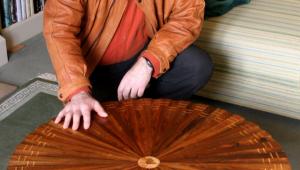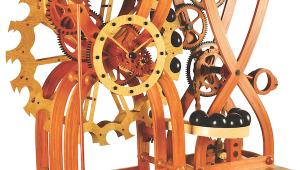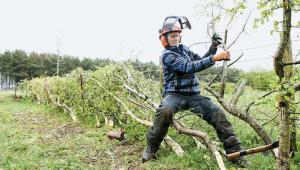Almost forgotten: endangered heritage crafts

The number of heritage craftspeople in the UK is dwindling and as a result, ancient skills are in danger of dying out and being lost forever. Here, Johnathan Swann introduces us to two such practitioners, both of whom point to the importance of passing on and teaching these skills to the next generation
Heritage crafts in the UK are at risk of being lost forever as demand for mass-produced goods continues to increase. Each year, the Heritage Craft Association publishes an up-to-date list of critically endangered crafts within the UK. In order for crafts to be considered for this list, they have to fall into one of the following categories:
1) Have a diminishing number of craftspeople still practising; 2) There’s little or no opportunity to train a new generation; 3) Crafts that yield a low financial reward for the maker; 4) Crafts with no plan in place to pass down necessary knowledge and skills to uphold the process.
An uncertain future
In 2021, over 20 new crafts were added to the list, some of which include glass eye blowing, copper wheel engraving, and barometer making. Each of these only has one or two professionals still working on upholding these processes and practices, which spells an uncertain future for small heritage crafts and trades.
The highly skilled craft of instrument bow making was believed to have started in England around the 17th century, and it’s one that uses a blend of exceptional quality tools and materials to precisely carve exact shapes in wood with the aim of creating a specific sound. With each careful pass of the plane, the bow gets closer and closer to the perfect tone – a skill that can only be learnt with years of practice and proper tutoring.
Since the 1800s, pernambuco wood, originating from Brazil, has typically been used to produce hand-crafted bows. This specialist wood provides the perfect combination of flexibility, durability and resonance. In more recent years, however, carbon fibre has began to make its way into the bow making industry, although the construction of one in this material requires a completely different skill set to that of a wooden version.
Andrew Bellis – Bowmaker & Violin Repairer
After making his first bow in 1978, Andrew Bellis fell in love with the process of assembling such an intricate object, which led him to start his own bow making business in 1980. Andrew is now the longest established bow maker in Dorset, widely regarded as one of the best in the business, and still receives orders from all across the UK.
Working out of a small – yet functional – garden workshop, during the course of his 42-year bow making career, Andrew has managed to slowly refine a simple garden shed into the perfect place for making and restoring some of the finest bows in the world. Now classified as critically endangered in the UK by the Heritage Crafts Association, bow making is believed to have less than 20 professional practitioners remaining.
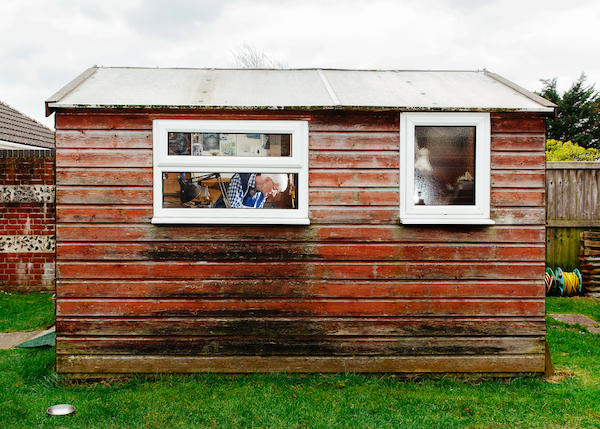
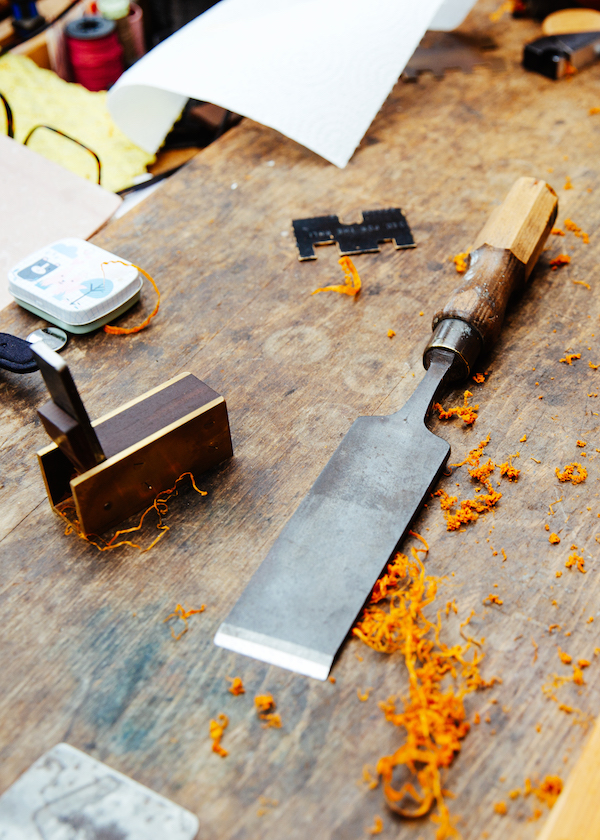
Andrew is very aware of the dwindling number of craftspeople that possess the very specific skills required to ensure this craft continues. Limited access to the raw materials needed to produce a bow, and a shortage of training opportunities, are all issues surrounding the craft and thus preventing growth. When he first started making bows, and in an attempt to protect this craft from extinction, Andrew ran courses to teach relevant skills to the next generation of bow makers.
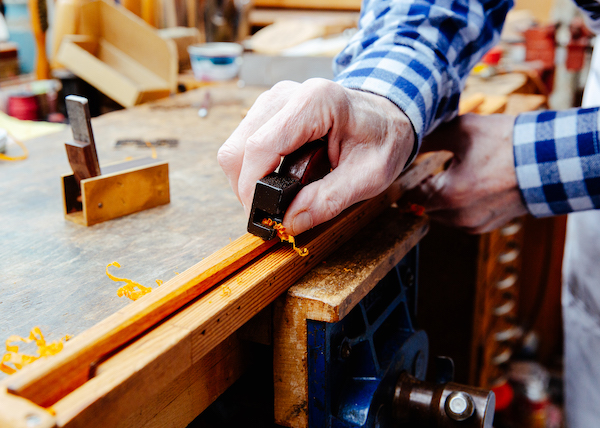
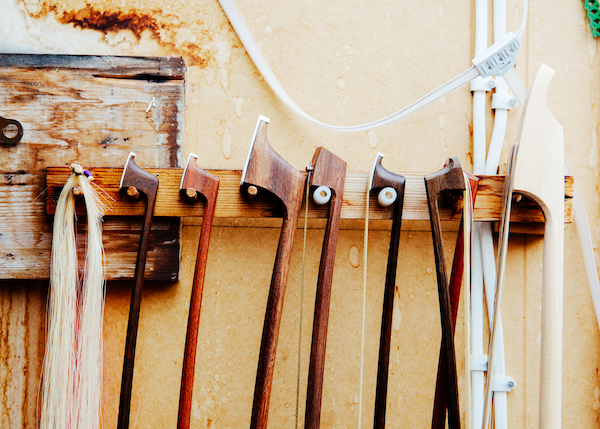
The historic cultures and traditions formed by these crafts are under threat and the few people that continue to practise them are scattered all over the country. From Andrew’s bows in Dorset to Jeremy Atkinson’s clogs in Herefordshire, both are on the red list and in danger of extinction.
Jeremy Atkinson – Master Clogmaker
Clog making has been a British tradition for hundreds of years and can be traced back to medieval times. In the case of heavy labour, wearing clogs was preferred over other types of footwear as they offered excellent protection from wet and cold conditions while providing comfort and durability.
Lincolnshire willow, Scottish birch and sycamore were often used in the construction of English clogs owing to the fact they aren’t liable to splitting easily, and therefore contributed to the finished clog’s overall stability. The craft’s fast decline began in the 20th century as the demand for hand-carved clogs dropped rapidly as more modern footwear was introduced, such as leather boots.
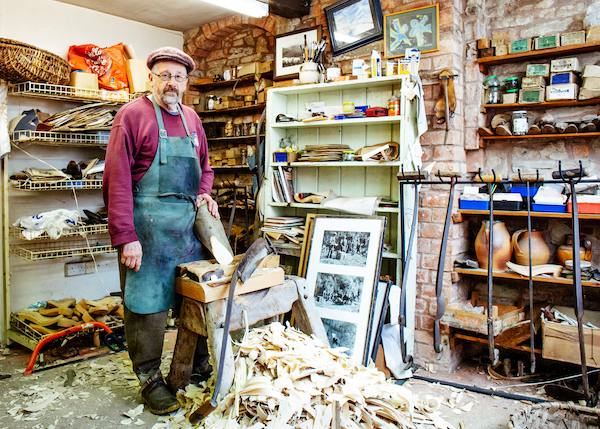
The craft is also now classed as critically endangered by the Heritage Crafts Association, with as little as five professionals remaining. Four of these use a bandsaw to fabricate the wooden sole, while Jeremy Atkinson is the only remaining craftsman still using traditional hand-carving methods to produce clogs in the UK.
In Jeremy’s case, every stage of the process is carried out by hand, from felling the best tree, cutting and dying the leather, to hand-shaping the wooden sole. Perhaps the skill that takes the longest to master is the art of using the stock knife – a long-handled knife that’s mounted to a wooden bench. This tool allows Jeremy to cut and shape the wood with the accuracy required, carving the clog’s sole to precisely fit the shape of an individual’s foot.
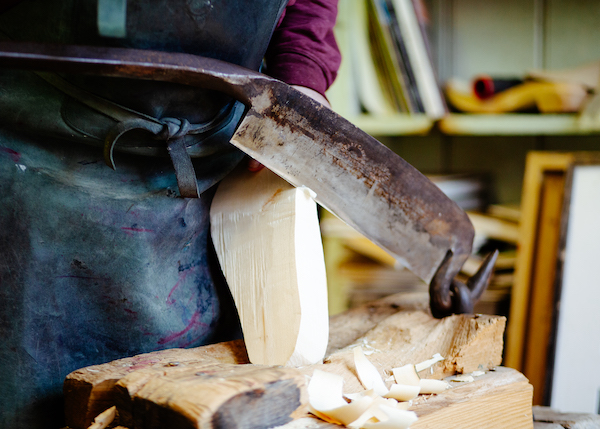
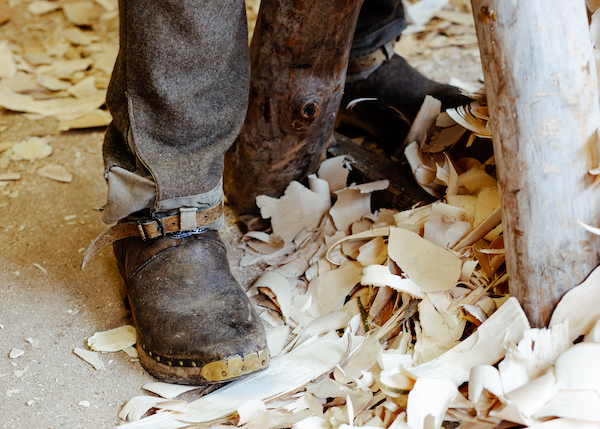
Jeremy’s Herefordshire-based workshop has become a clog making time capsule, with everything inside dating back decades – each object has a story; and everything has a place and a purpose. Jeremy has dedicated most of his 40-year clog making career to keeping this craft from extinction by passing down the relevant knowledge to the next generation. In 2005 he took up the challenge of teaching Geraint Parfitt – now the only maker of hand-made clogs in Wales – who works out of St Fagans National Museum of History in Cardiff.

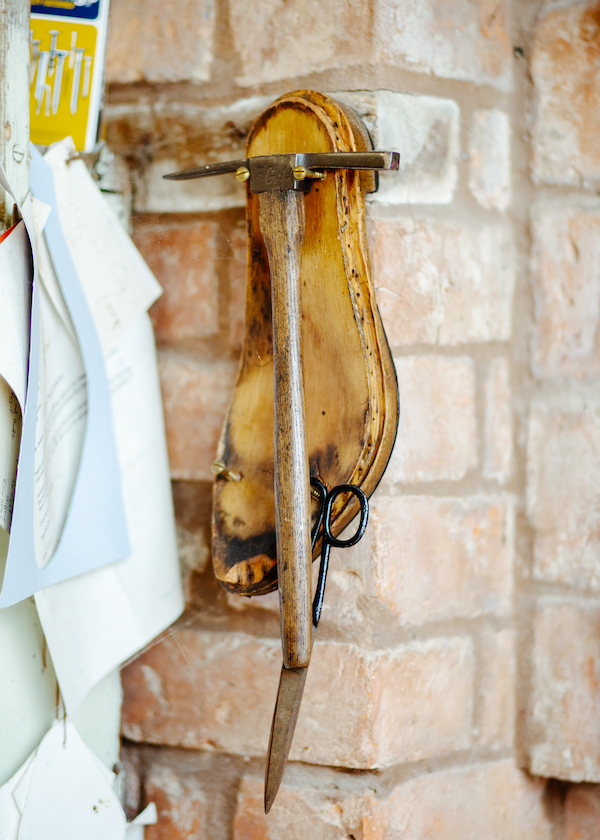
Perhaps these crafts will one day join cricket ball making, gold beating and lacrosse stick making to become a distant memory of English heritage, going on to have a detrimental effect on British heritage overall. At least for now, those dedicated individuals are actively passing on the skills required to keep specific crafts going, and in doing so, offering the next generation the best possible chance of keeping them alive.
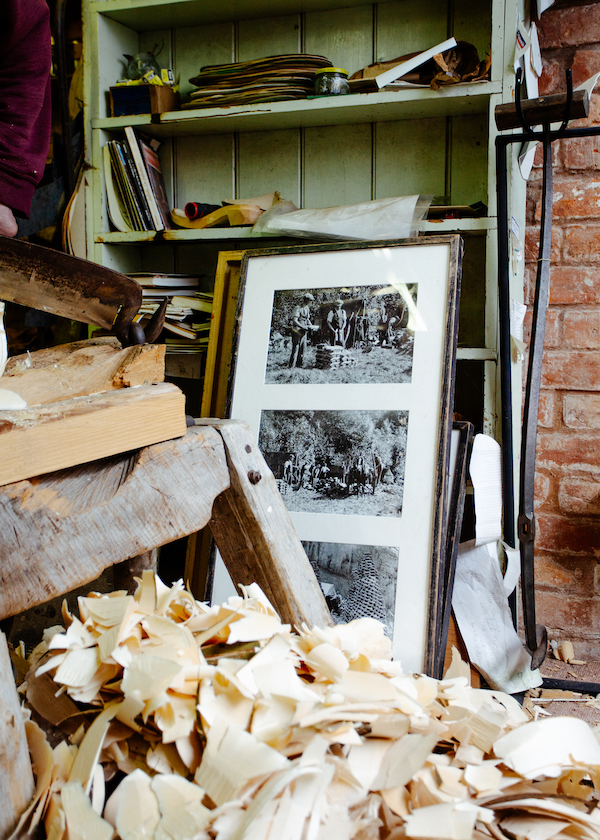
FURTHER INFORMATION
The Heritage Crafts Association – www.heritagecrafts.org.uk
Andrew Bellis – Bowmaker & Violin Repairer – www.andrewbellis.com
Jeremy Atkinson – Master Clogmaker – www.clogmaker.co.uk
- Log in or register to post comments

